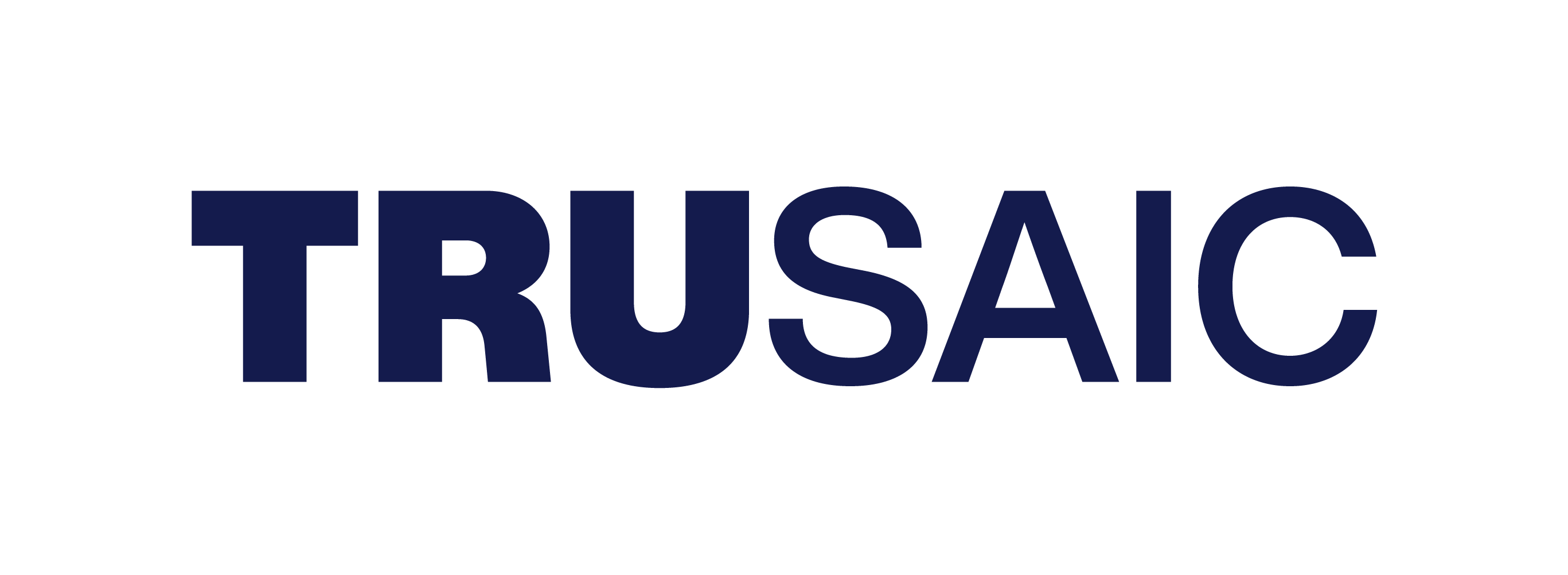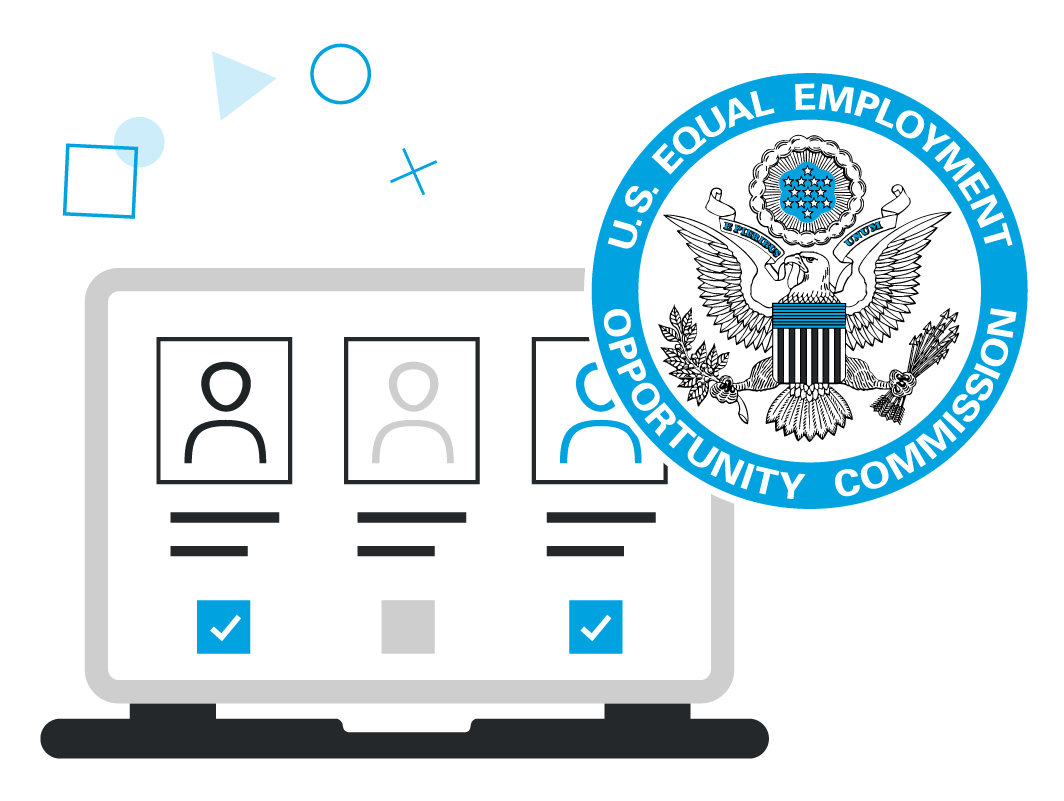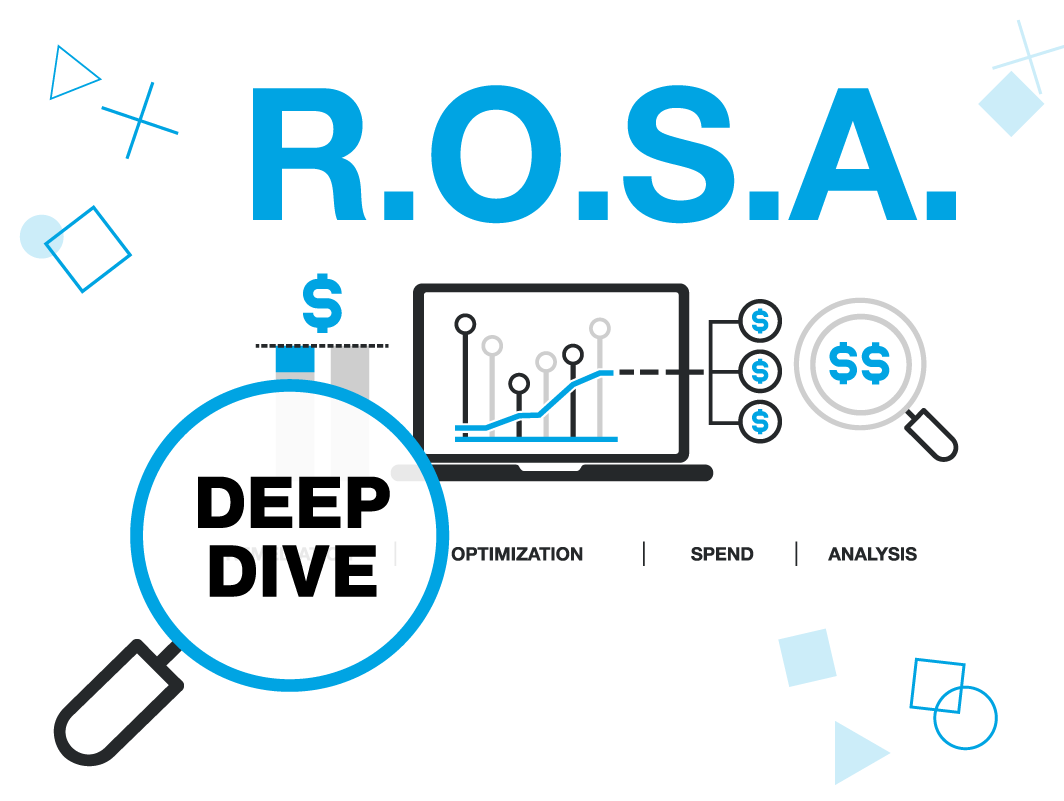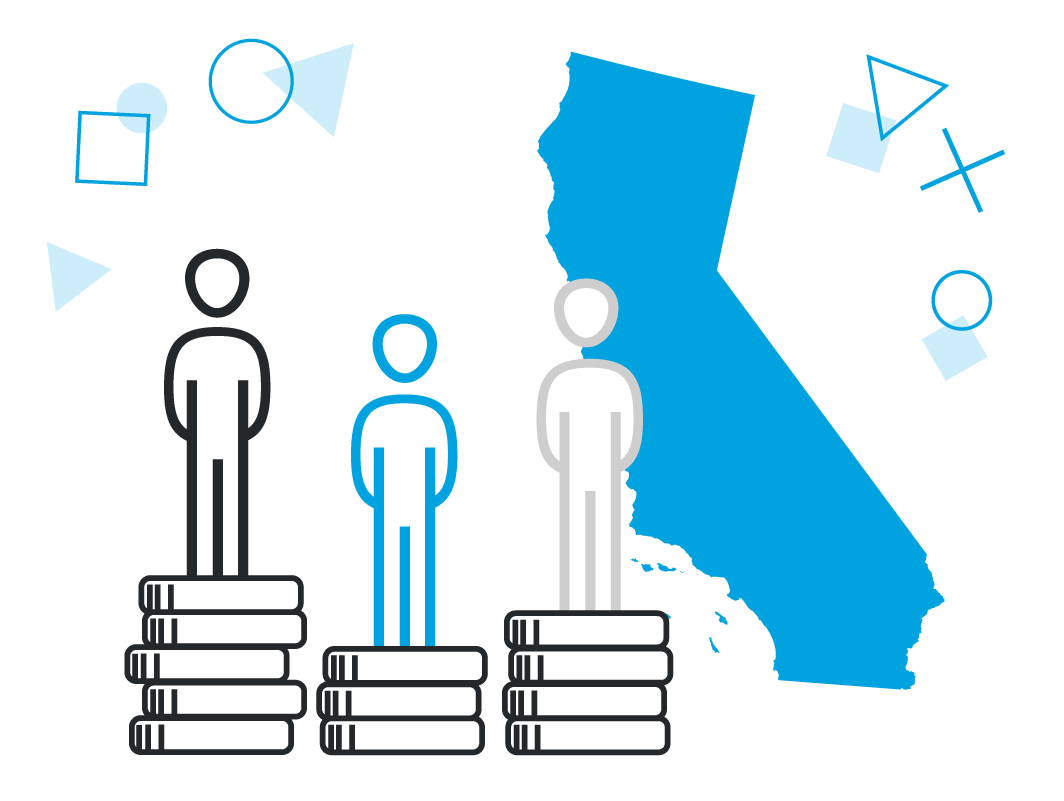
![]()
All too often, well-intentioned organizations find themselves in a conundrum when it comes to implementing diversity, equity, and inclusion (DEI) initiatives.
It’s a familiar scenario: Despite dutifully rolling out well-thought-out DEI policies and procedures, employers are left to wonder what gives when issues around representation and equity in their organizations persist.
In many cases, it comes down to accountability or a lack thereof.
Without it, DEI efforts are “futile,” according to an article in the Harvard Business Review (HBR) by Evelyn R. Carter. Even the most ambitious DEI policy will falter if accountability isn’t applied correctly, Carter argues.
Meaningful DEI goes far beyond checking the proverbial box. Rather than documenting plans and allowing them to gather dust on the shelf, employers must treat them as living, evolving guidelines. It’s also key to measure and evaluate efforts over time. Problems will inevitably arise if these steps aren’t taken, even with the most dedicated leaders at the helm.
Below are things organizations can do to effectively manage DEI through a lens of continuous improvement and accountability.
Conduct a pay equity audit
If you want to reach DEI goals and initiatives, you need to first know where your organization stands. A great way to understand where your organization currently is regarding DEI is to conduct a comprehensive pay equity audit.
Best practices encourage using a pay equity solution that conducts a pay equity audit on your workforce compensation, populates the data in software, and provides the details you need to gain critical insights relating to your company’s demographic and compensation data.
Ultimately, this can help you resolve any identified pay disparities or representation issues at the source. It also offers ongoing auditing and monitoring tools employers need to be successful in the long term.
Solicit employee feedback
Next, it’s important to gain employee buy-in regarding DEI.
After you uncover key findings identified in the pay equity audit, solicit feedback from your employees about their overall sense of belonging and inclusion within the company. This step is critical because it provides greater context to the data you’ve gathered from the pay equity analysis.
Organizations that demonstrate a commitment to DEI are better positioned to attract and maintain talent, as well as increase staff morale, productivity, and innovation. And to truly weave DEI into the fabric of your organization, you need to communicate its value of it to your employees.
Measure progress
Effective DEI requires long-term commitment, which includes regularly reviewing and updating strategies. Ongoing efforts to assess gaps in representation and re-adjusting your strategy as needed will lead to greater impact. To accomplish this, organizations must regularly measure progress against their goals. As a function of that, many individuals will need to be held accountable for verifying progress and related metrics.
Your organization will need an ongoing mechanism for tracking and evaluating progress. A software solution like PayParity will ensure you adapt to evolving needs over time.
Keep stakeholders accountable
Accountability involves more than just training managers and leaders. While its true ownership around DEI starts at the top, accountability should also be shared across all members of the organization. The most successful organizations hold the entire company accountable for achieving DEI goals.
Take for example a few major corporations that have come into the DEI spotlight in recent years. McDonald’s, Denny’s, and Genentech are three organizations coming out of past controversies stronger than ever by ensuring DEI accountability through hard-hitting measures.
Last year, McDonald’s narrowed its global wage gap to 99.85% after solidifying its focus on accountability. In addition to conducting a global pay analysis on an annual basis, the fast-food giant agreed to tie 15% of its executives’ pay bonuses to meeting diversity and inclusion targets. The company also reinforced the importance of data transparency by pledging to publicly release employee demographics by race, ethnicity, and gender.
To create motivation and accountability at both an individual and organizational level, Denny’s established key performance indicators and created measurable goals like diversity benchmarking and supplier diversity targets. The restaurant chain emphasizes a critical point – that the end goal of DEI is not a comfortable stopping point, but an ongoing journey.
To help resolve gender representation issues, biotech company Genentech began sharing its DEI progress with not only its board of directors but also all employees and the public at large to allow greater visibility into its progress. Genetech is a unique example because it captures all of the aforementioned steps.
Know when to intervene
Carter’s HBR article outlines a three-part framework employers can use to address DEI issues that arise:
- Communicate your goals – be clear about expectations and policies with staff in a proactive manner.
- Listen to feedback – be receptive to what your employees have to say, and use feedback to co-create your strategies.
- Celebrate your successes – give recognition and encouragement to those who are using the process well, and use these examples to motivate others who may need a push.
“Emphasize a growth mindset, reminding them that learning often yields mistakes and failure, but that it is net positive over time,” Carter advises. “Of course, if someone refuses to change after subsequent nudges, it’s time to ask deeper questions about why this person is behaving in a way that runs counter to your DEI values.”
Building an equitable business culture from the top down is not an easy feat, but it’s well worth the effort. There is a direct connection between DEI initiatives and strategic benefits. Aside from the obvious moral imperative – which is important to underscore – there is also a strong business case for promoting DEI in workplace culture.
Partnering with a DEI expert like Trusaic will help you hit your goals and minimize risk. Here are four tangible steps your organization can take to get started.
To learn more about how to ensure DEI accountability and the benefits of prioritizing the social good, download the research report we sponsored, Creating a Culture of Diversity, Equity, and Inclusion, conducted by Harvard Business Review.




